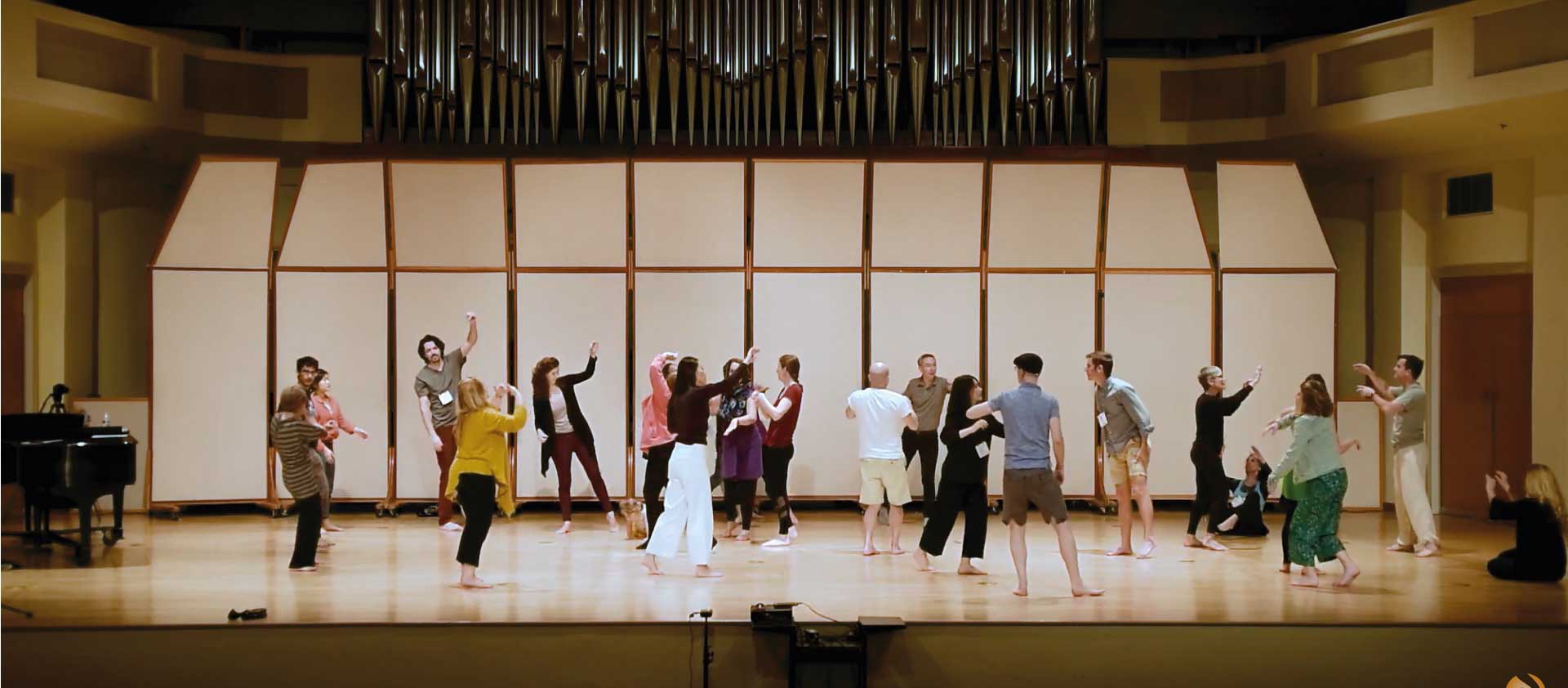Dalcroze Eurhythmics: Teaching Music Through Movement and Developmental Approaches

Dalcroze eurhythmics, also known as the Dalcroze method or eurhythmics, is an approach to teaching music alongside other developmental approaches such as the Kodály method, Orff Schulwerk and Suzuki Method. Émile Jaques-Dalcroze, a Swiss musician and educator, developed eurhythmics in the early 20th century. The concept for which Dalcroze is best known, eurhythmics teaches concepts of rhythm, structure, and musical expression through movement. The focus is on enabling students to gain physical awareness and experience of music through training that takes place using all the senses, especially kinesthetic.
Jaques-Dalcroze was appointed Professor of Harmony at the Conservatoire of Geneva in 1892, and believed that in order to enhance and maximize musical expression, students should be trained early on to listen and appreciate music using both their minds and bodies. This coordination of mind and physical instincts forms the basis of his method. His system of eurythmic exercises is designed to develop concentration and rapid physical reaction. Time is shown by movements of the arms and time duration, or note values, by movements of the feet and body. For instance, a quarter note is represented by a single step. Jaques-Dalcroze first applied his method to elementary-school children, seeking the connection between instincts for pitch and movement, time and energy, dynamics and space, music and character, music and temperament, and finally, the art of music and the art of dancing.
The Dalcroze education method is based on four core principles. Firstly, early music education is important, and Dalcroze eurythmics instructors usually teach school-age children who are new to music. Secondly, improvisation plays a significant role in developing an intuitive understanding of music. Thirdly, Dalcroze Eurhythmics teaches rhythm through dance and body motion, using an immersive and tactile approach. Lastly, the human voice is emphasized, with students learning polyrhythms, mixed meters, conducting, and counterpoint through rhythmic-solfège.
For younger students, eurhythmics activities imitate play, and games include musical storytelling, which associates different types of music with corresponding movements of the characters in a story. The youngest of students learn to correlate types of notes with familiar movement, such as the quarter note being represented with a simple step. As they progress, their musical vocabulary is expanded and reinforced through movement. According to Claire-Lise Dutoit in "Music Movement Therapy," successful eurhythmics lessons have three common attributes: the vital enjoyment of rhythmic movement and the confidence that it gives; the ability to hear, understand and express music in movement; and the call made on the pupil to improvise and develop freely their own ideas.
Playing music can be difficult if you have little experience reading classical notes. However, this book offers a solution with 63 familiar and easy-to-play folk songs and melodies. Each song is simplified and transposed for one octave, and is written using color circles and letter notes, making it accessible to absolute beginners without any prior knowledge of reading music. The classical music staff and note duration are not included, allowing you to experiment with the duration and start playing music in a simple and fun way.

